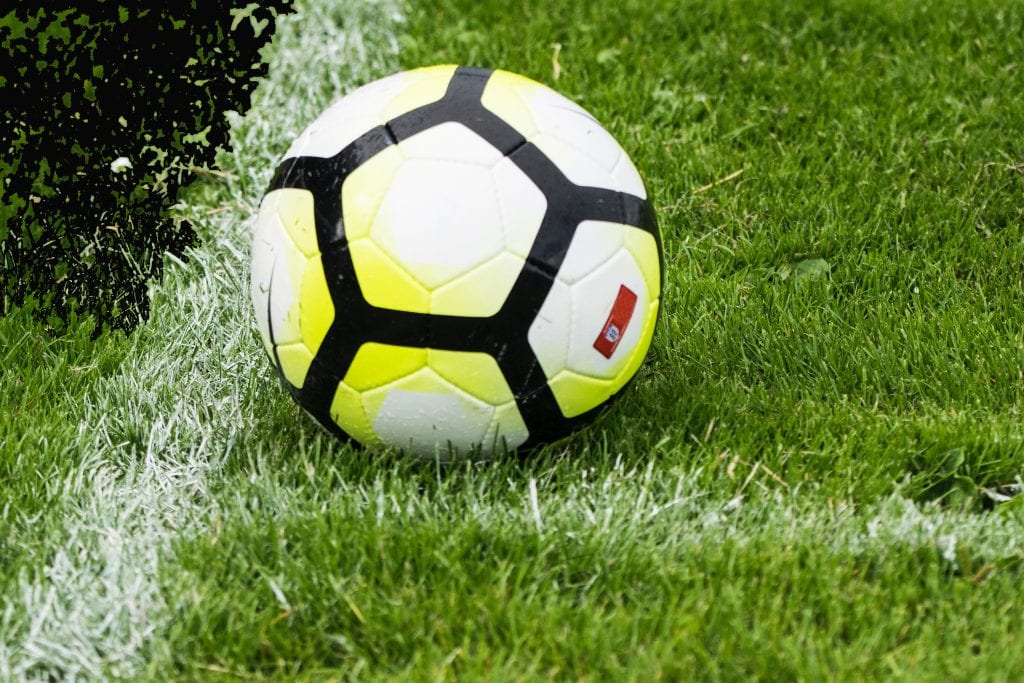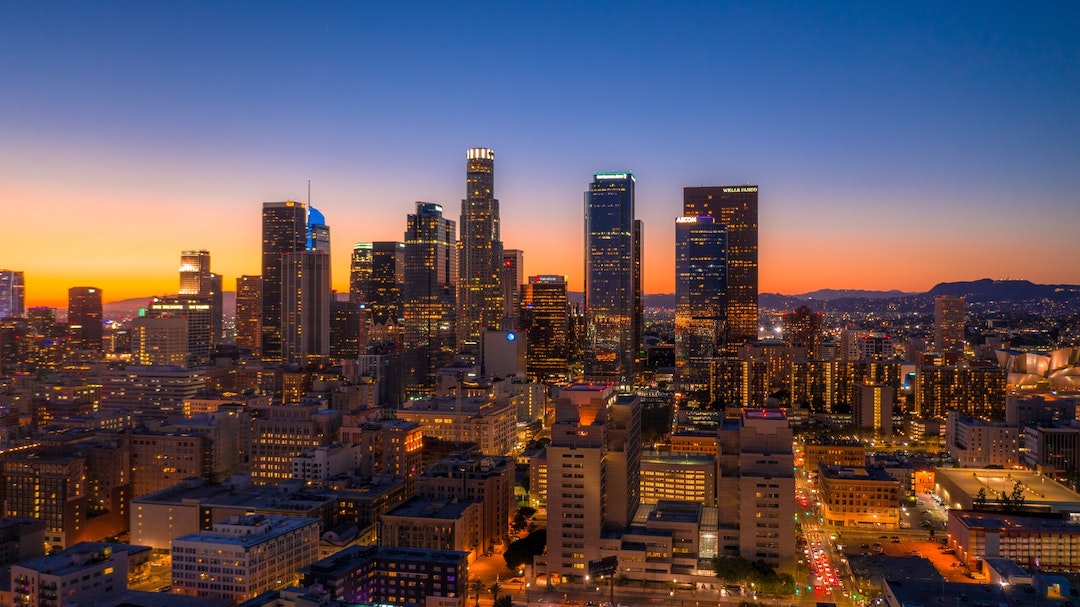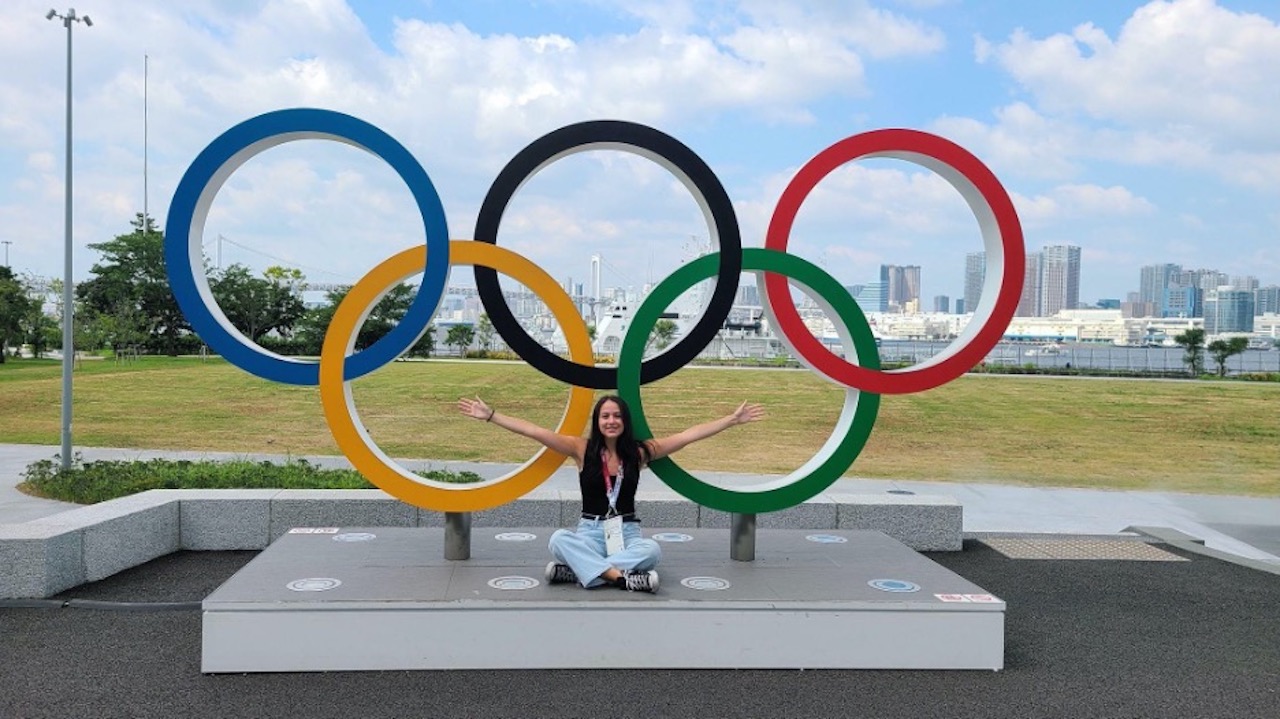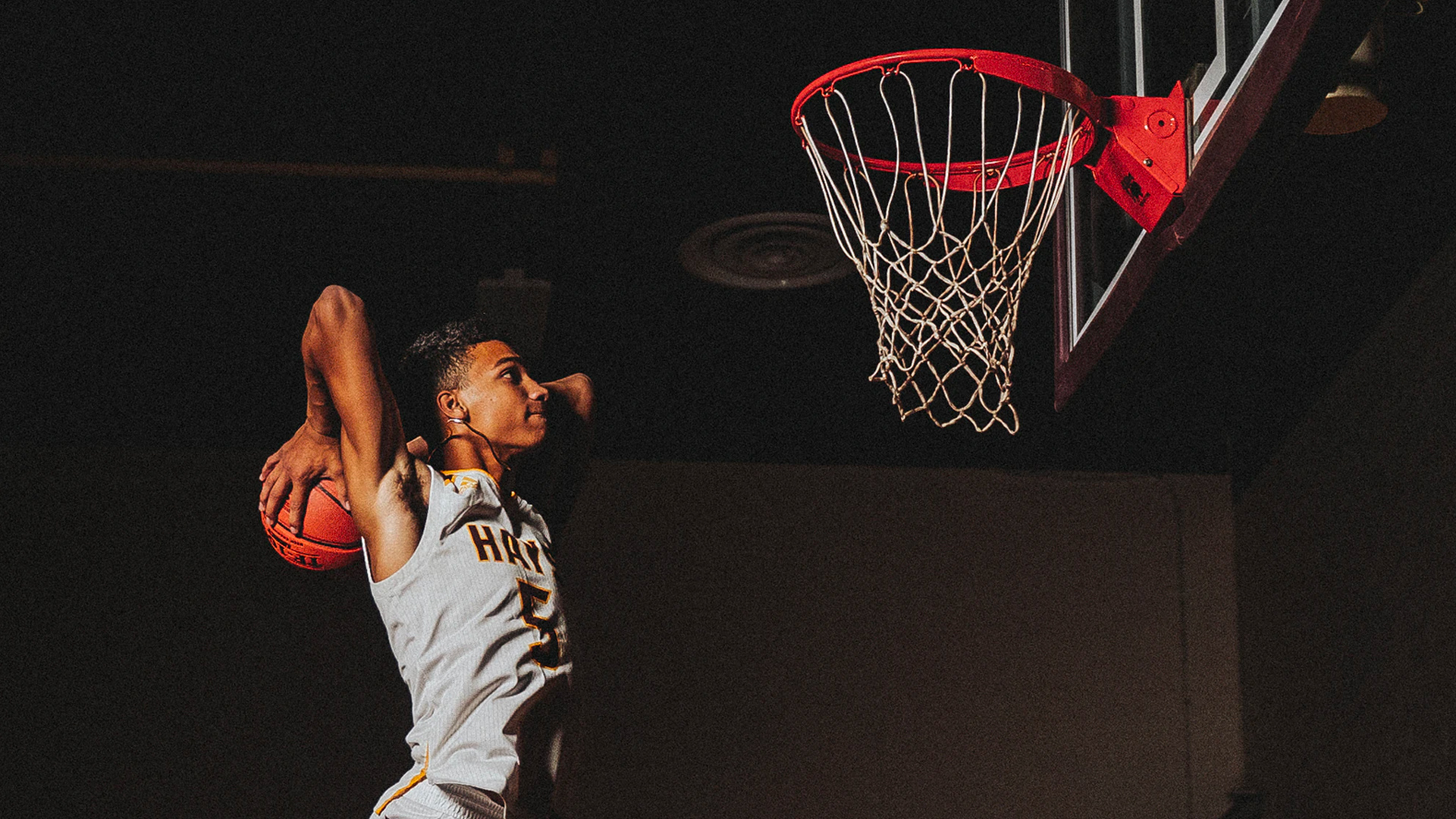The FIFA Women’s World Cup kicks off today as 24 teams gather in France for the month-long tournament. Organizers anticipate record-setting attendance and viewership as the sport of football enjoys unprecedented momentum on the women’s side. But, beyond the action on the pitch, what those who tune in and engage with this event will really witness is an incredible example of a global sporting event as a massive cultural moment.

The expectation by marketers and those involved in the sport is that there will be a coming together around this event that will be reflective of everything that is going on related to women’s sports and female athletes, the women’s empowerment movement and even the growth of soccer overall.
The final of the 2015 Women’s World Cup delivered the largest soccer audience in U.S. history, and networks have high hopes for this year’s tournament as a result. Over the past four years – including their participation in the Rio Olympics – the profiles of the outstanding players on the U.S. Women’s National Team have only grown, to the point where several of them, led by Alex Morgan, Carlie Lloyd and Megan Rapinoe, have really broken through – being featured on billboards, magazine covers, talk shows, and more.
On a separate, but equally important note, the U.S. Women’s National Team has also been at the forefront of current hot-button topics such as gender politics and equal pay, going so far as to boycott a match and sue their national governing body over these issues. While unquestionably establishing themselves as fierce advocates, they’ve also enhanced their collective and, in several cases, individual profiles as champions of social justice.
Because of the aforementioned momentum, coupled with larger societal factors, this year’s Women’s World Cup is happening at the “perfect” time, which will likely lead to a tipping point for women’s sports. Investment in the form of sponsorship and media is at its highest levels, stakeholders are aligning with more money flowing into women’s soccer globally in the last six months than ever before, big clubs and sponsors have invested large sums in the sport across Europe, and the U.S. domestic women’s soccer league (the NWSL) is financially stable and drawing crowds that are the envy of some professional baseball teams. In the process, curiosity and open-mindedness is evolving into genuine interest and tangible fandom from a mass consumer standpoint.
While a record-breaking 750 million people watched the 2015 tournament in Canada, FIFA president Gianni Infantino has gone on the record to set a target of 1 billion viewers for this year’s edition, as part of a broader goal to achieve the participation of 60 million girls and women playing soccer worldwide by 2026.
“The Rise of Women’s Sports,” a Nielsen report published last October, details the potential of this global audience.
- Of international football fans surveyed, 43 percent are interested in women’s football. That alone is a potential fan base of 105 million.
- Moreover, it also found that 84 percent of general sports fans are interested in women’s sports, and 51 percent of that audience is male
- The survey further revealed there is also a hunger for authentic stories about female athletes, and for female empowerment narratives, in sports.
Another recent survey, identified some other interesting demographic information about the likely audience for this year’s Women’s World Cup:
- 34 percent of males said they were very interested or somewhat interested in watching any of the Women’s World Cup soccer matches this year vs. 23 percent of females.
- 36 percent of Millennials 18-34 said they were very interested or somewhat interested in watching any of the Women’s World Cup soccer matches this year vs. 27 percent of Gen-Xers.
- 61 percent of respondents who are very interested in watching the Women’s World Cup are college grads with a median household income of $97K.
In America, U.S. Soccer has publicly stated a goal of taking its team and women’s soccer as a whole to the next level in this country. And, the federation has put its money where its mouth is, rolling out a campaign around the team that in terms of activation dollars spent, content planned and sheer size in terms of reach is unprecedented. Additionally, all 16 partners of US Soccer will be activating around the team in some way during the tournament, from national media buys and retail extensions to social media campaigns.
The proof is perceptible as evidenced by a massive out-of-home campaign, in NYC via the giant digital billboards in Times Square and elsewhere, as well as transit signage and subway takeovers, which are hard to miss on one’s daily commute.
Put it all together and it’s not surprising to see that the platform the Women’s World Cup provides is an exciting opportunity for brands to join in this vital and timely conversation (while potentially reaching 1 BILLION viewers) and in the process signal to consumers their support of both gender equality and women’s sport.
A perhaps not so bold prediction: over the next month, this event will dominate sports media coverage like never before, sponsor and brand activations will flood broadcast and digital media and the “buzz” generated by both female and male fans alike will dominate social media.
Another prediction: brands who chose to sit out this summer’s premier international sporting event will think long and hard about not wanting to make the same mistake next summer when the world’s best female athletes gather in Japan.



